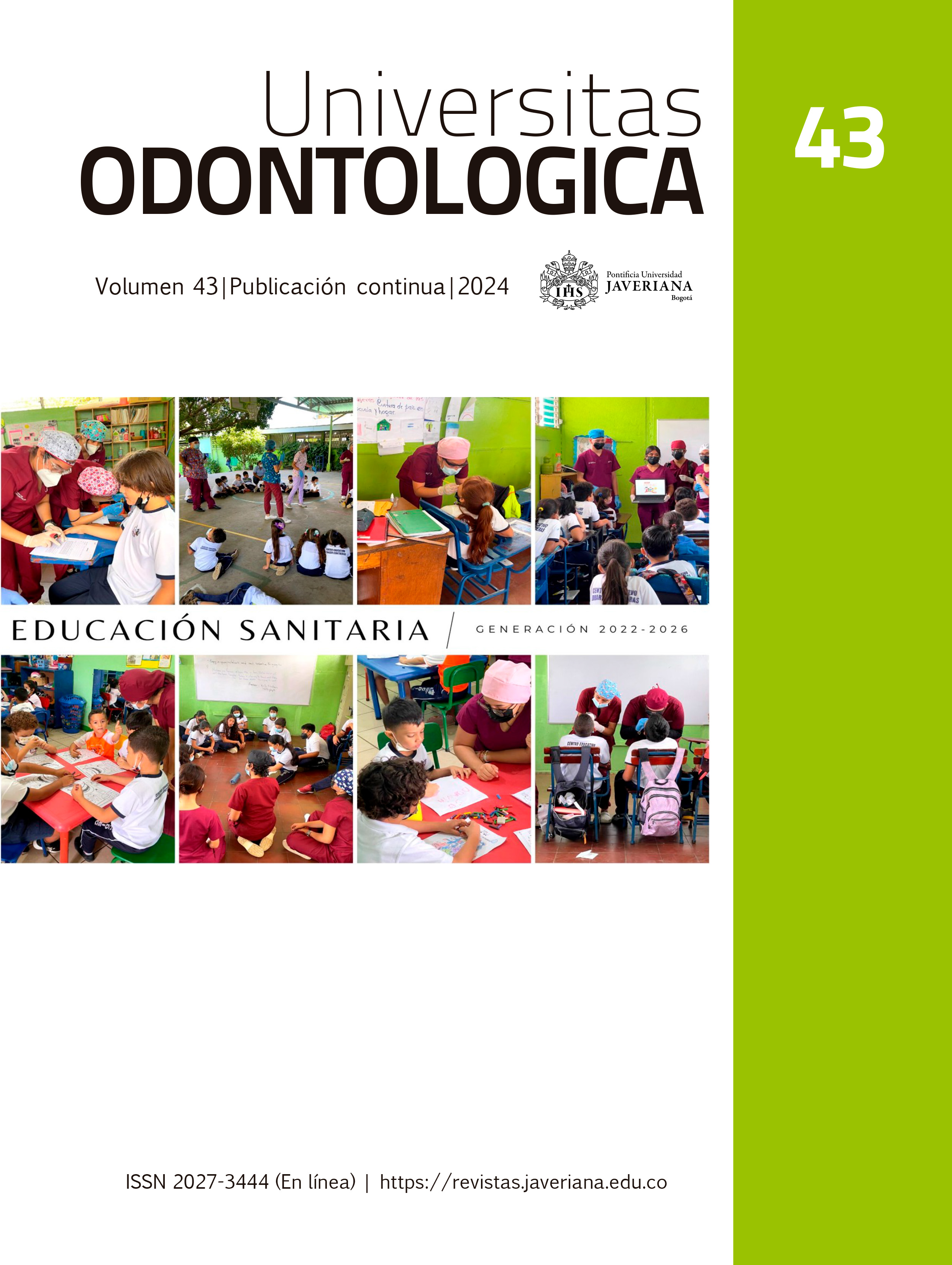Resumen
Antecedentes. Durante algún tiempo se ha tratado de explicar la relación existente entre los Trastornos Temporomandibulares (TTM) con factores psicobiológicos. Se ha determinado que el estrés psicológico produce alteraciones químicas en el organismo, siendo una de ellas el aumento de los niveles de cortisol regulado por el eje Hipotalámico Hipofisiario Suprarrenal (HPA), el cual, desencadena cambios corporales fisiológicos y/o patológicos y entre ellos se ha mencionado a los TTM. Objetivo. El objetivo de la presente investigación es analizar la influencia del eje hipotalámico hipofisario suprarrenal en los trastornos temporomandibulares y los métodos para determinar los niveles de cortisol que se han propuesto en la literatura basados en la evidencia más actual. Materiales y métodos. El presente es un estudio descriptivo que consiste en una revisión de la literatura. Se realizó una búsqueda de artículos científicos en bases digitales como: Pubmed, Google Scholar, Science Direct y Cochrane desde el 2008 hasta el año 2022. Se incluyeron estudios de revisiones sistemáticas y metaanálisis, revisiones de la literatura y estudios in vivo e in vitro. Resultados: Se identificaron 220 artículos en la búsqueda de selección inicial de los cuales 27 artículos cumplieron los criterios de inclusión. Conclusiones. Se concluye que la evidencia actual relaciona la dinámica alterada del eje HPA con el desarrollo fisiopatológico de los TTM, en donde, el cortisol se encuentra en mayores concentraciones, el mismo que puede cuantificarse de preferencia mediante el análisis en cabello.

Esta obra está bajo una licencia internacional Creative Commons Atribución 4.0.
Derechos de autor 2024 Daniela Belén Durán Urdiales, Elvita Paola Cárdenas Gómez, María Verónica Benalcázar Arias, Sandra Daniela Armijos Freire, Andrea Michelle Astudillo Uchupaille, Wilson Daniel Bravo Torres


